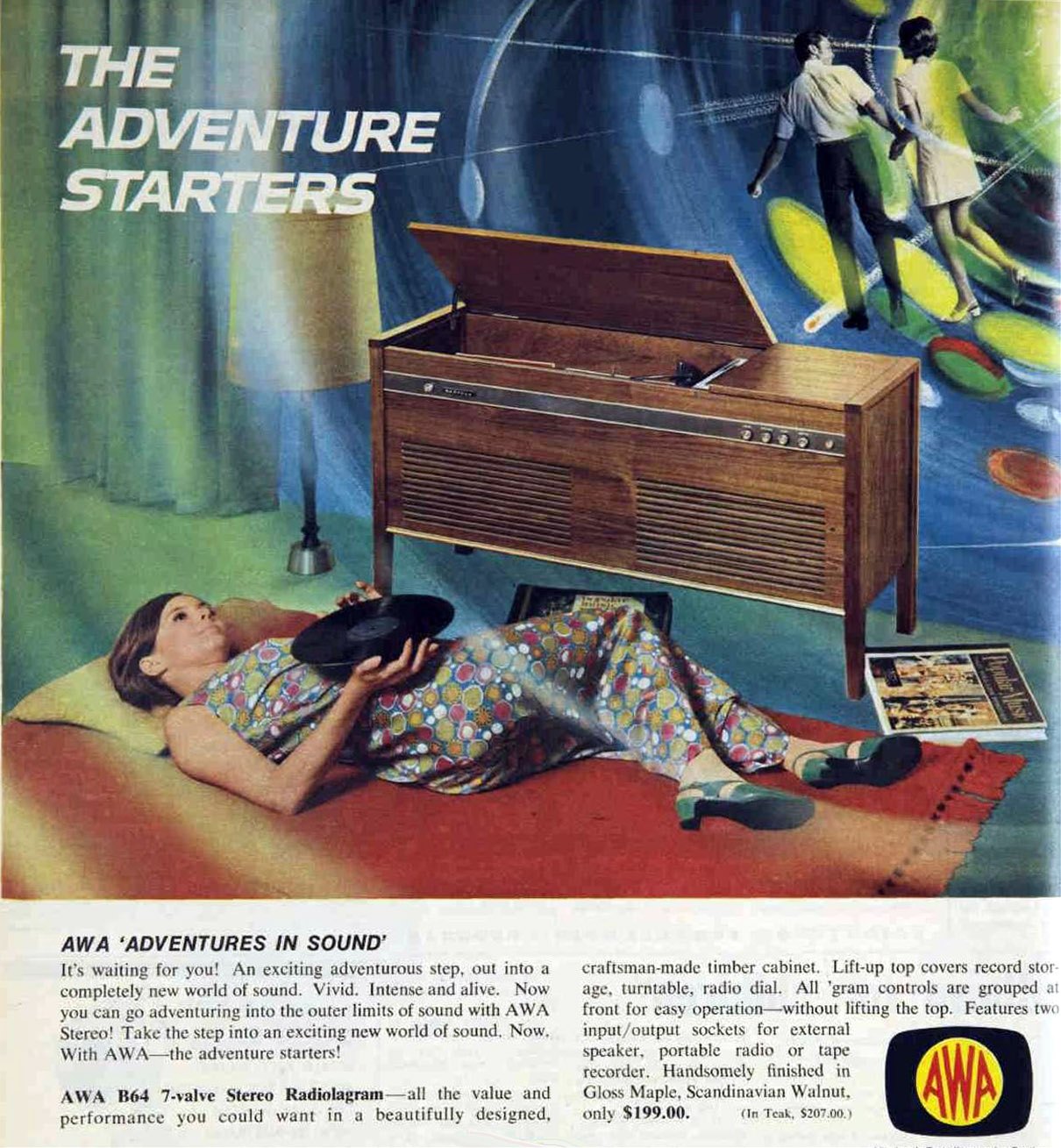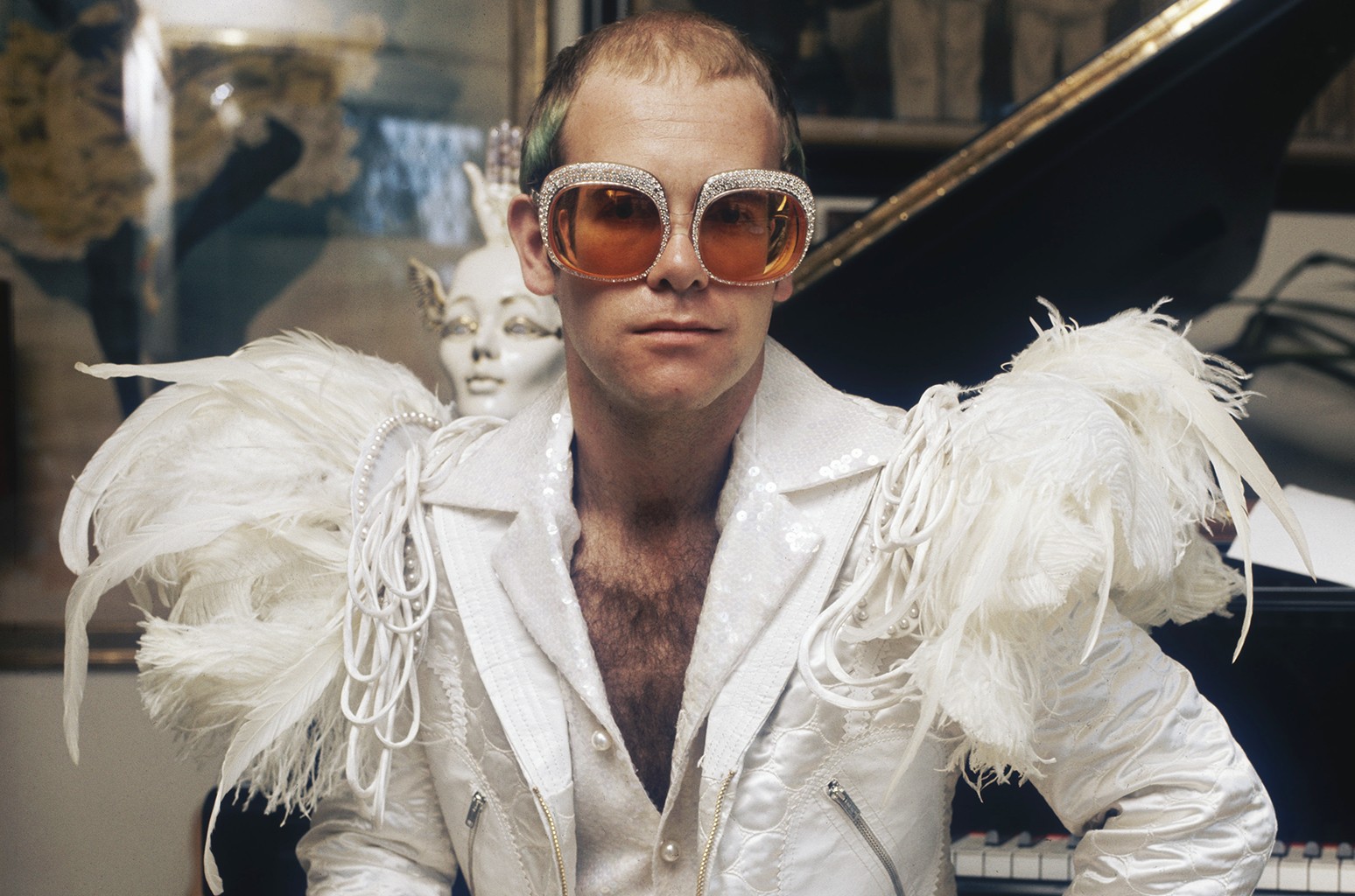Sometime in the mid-50s, Etta James, a black RnB singer, released her song “Roll With Me Henry,” later renamed “The Wallflower.” Quickly the song became a hit, slowly climbing its way up Buildboard Rythm and Blues chart. The song took a vast audience, continued climbing, and later became a pop hit in the spring of 1955. Not for James, though. Georgia Gibbs’ “Dance With Me Henry (Wallflower)” was a “toned down” version of James’ song. Gibbs replaced multiple lyrics to make the song “softer.”
A couple of years later, in 1957, Little Richard released a song that would change RnB, “Tutti Frutti.” Once it hit the low ends of record charts, a young Nashville artist Pat Boone picked up the song and “cleaned” the lyrics. The song gained more popularity when released by someone like Pat Boone rather than a gender-bending, sexual black artist like Little Richard. Pat Boone’s “Tutti Frutti” received sizeable commercial success in the late 50s, putting him on several shows and movies.
Big Mama Thorton, an artist with a huge personality and voice to match, released “Hound Dog” in 1956. The same year Elvis Presley produced a song that would forever crown him the King of Rock and Roll, a song that will always be closely associated with him. That song was “Hound Dog.” It was likely Presley’s breakthrough. While Big Mama Thorton made nickles off of her original song, Presley made thousands.
There was Ruth Brown, Jackie Wilson, and Bill Harley, and Jerry Lee Lewis. There was Bobby Darin, Chuck Willis, Fats Domino, the Jesters, and the Flamingos. There was LaVern Baker who’s music was “covered” by Theresa Brewer. And there were many more too. White artists coming in to “edit,” “cover,” and profit from black artists’ music has been happening since the nineteenth century. Margo Jefferson called this “Jim Crowing.” The phrase came from 1829 when an ex-slave and an entertainer sang and danced to his song “Jump Jim Crow.” Thomas “Daddy” Rice, a white “entertainer,” watched the performer closely, and after a short time, he began performing his “version” of “Jump Jim Crow” in full blackface makeup and tattered rags. Daddy gained immense popularity, profited, and traveled to perform.
From then on, songs created and written by black artists were performed by white artists to a white audience.
In the 60s, “staple” bands like the Beatles, the Rolling Stones, and the Animals highly looked up to people like Little Richard, Chuck Jackson, and Smokey Robinson. Over time these RnB musicians became popular among young adults who were fans of bands like the Beatles. And the “authentic” RnB, blues, and jazz artists were being appreciated less for their musical abilities “than as walking marks of American oppression[s].”
British bands gained more confidence in themselves and their music (which was heavily influenced by black musicians. Without black music, these bands wouldn’t be who they are today). “We sing more colored than the Africans,” claimed John Lennon. Young bands studied and imitated black musician’s attitudes and their music. They drew attention away from people like Big Mama Thorton, Elmore James, Howlin Wolf, Lillie Bryant, Chuck Berry, and Muddy Waters. The artists who’ve had possibly the most significant influences on music in general. In a brief twenty years, white people became the face of rock and roll. Black people in rock became outliers, aliens, and just unusual.
“It [rock ‘n’ roll] started out as rhythm and blues,” Little Richard said to Time in 2001. He continued, “There wasn’t nobody playing it at the time but black people – myself, Fats Domino, Chuck Berry. White kids started paying more attention to the music, white girls were going over to this, they needed somebody to come in there – like Elvis.”
Rolling Stone presented this modification to Rock n Roll as an advertising gimmick. It’s important to underline what Little Richard was saying about Elvis coming into Rock. He didn’t invent it yet still became the face of it.
“I knew Elvis,” said Lloyd Prince in 2004. “This is media history, not real history. Rolling Stone stated in 1967. So how can they say who started rock and roll in 1954? The fact is that Fats Domino sold more records than Elvis between 1953 and 1956. I loved Elvis, but it’s a lie to say he invented anything.”
The Rolling Stone magazine came into the picture over ten – almost twenty years – after black pioneers started publically playing and performing their music. Rolling Stones promoted an industrial myth to sell magazines, get publicity and make money. Throughout the years, they falsify and simplify the records of America’s music. Leaving generations upon generations to believe that rock was white created and has always been white-dominated.
“What they call rock and roll now is rhythm and blues: I’ve been playing for 15 years in New Orleans,” Fats Domino, 1978.
There’s a difference between borrowing and taking. Music should inspire other musicians to try new styles and new things. However, as Margo Jefferson said, “Borrowing itself is not the question, since music lives by eclecticism. Still, if you borrow, you must return, and nobody wants an imitation back if they’ve lent out an original.”
[/av_textblock]










